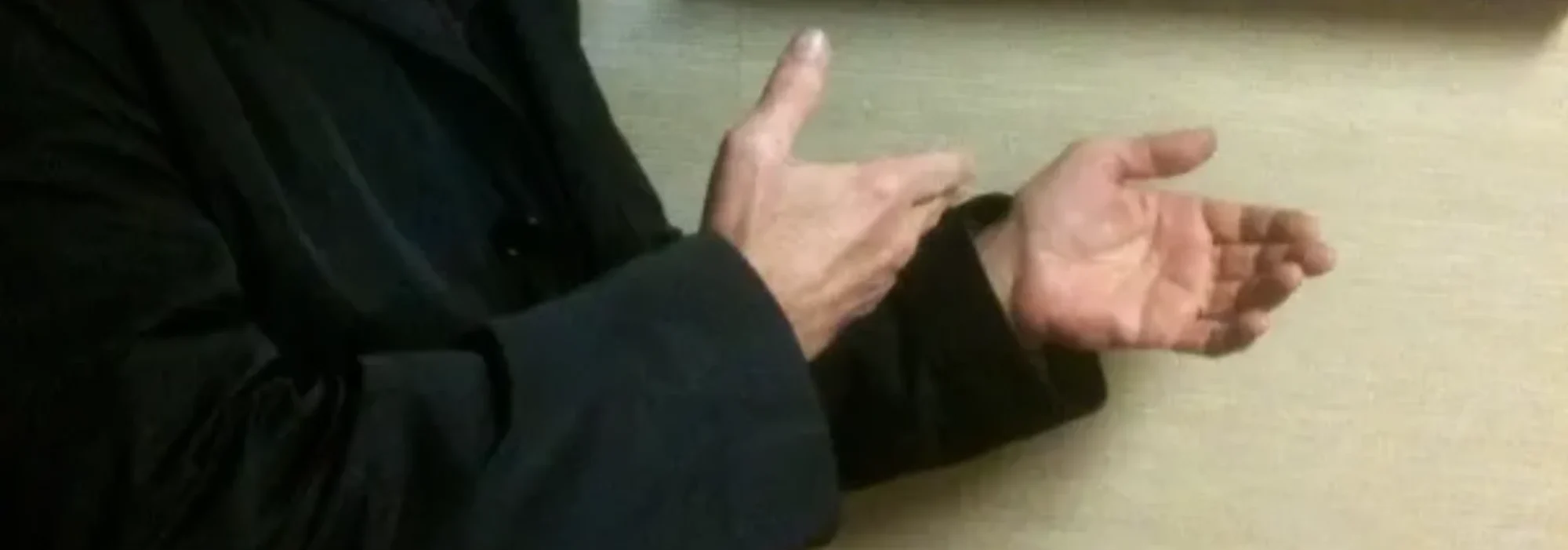Immunizing the elderly, while it will reduce their deaths, does not have much effect on the actual course of the epidemic. Immunizing working-age people helps break chains of transmission through social networks and can be much more effective in preventing deaths on a population level (an idea that resembles what we discussed above with respect to targeting socially connected people for immunization). p 66 Christakis
Petrarch of the Black Death: What are we to do now, brother? Now that we have lost almost everything and found no rest. When can we expect it? Where shall we look for it? Time, as they say, has slipped through our fingers. Our former hopes are buried with our friends. The year 1348 left us lonely and bereft, for it took from us wealth which could not be restored by the Indian, Caspian or Carpathian Sea. Last losses are beyond recovery, and death’s wound beyond cure. p. 139
Plagues can amplify existing social divisions and often create new ones—between the sick and the healthy or between those considered clean or contaminated. And in times of plague, we witness a chasm between those deemed blameless and those considered blameworthy. Simpleminded Manichaean thinking surges—good versus evil, us versus them. p 180
[Physical distancing will lead to social distance. Covid already has dug deeper moats between classes, races, genders- GL]
So, just like the pandemic gave us a glimpse of a world with less traffic, it also gave us a glimpse of a world with less medical injury, p 269
Unbeknownst to most people, the manufacture and distribution of toilet paper in the United States is bifurcated. Paper products for offices and factories form a totally different supply chain than those intended for home use, which meant that many grocery stores were short on toilet paper for months. p 274
If the Roaring Twenties following the 1918 pandemic are a guide, the increased religiosity and reflection of the immediate and intermediate pandemic periods could give way to increased expressions of risk-taking, intemperance, or joie de vivre in the post-pandemic period. p 283
In general, by killing working-age adults but leaving agricultural lands, buildings, mines, metals, and other capital assets relatively untouched, these deadly pandemics, on average, resulted in a rise in real wages and a long-term decline in interest rates. p 284
.In her essay “On Being Ill,” Virginia Woolf complained that the culture had neglected an obvious source of inspiration: “Novels, one would have thought, would be devoted to influenza; epic poems to typhoid; odes to pneumonia.… But no.” p 288
A total of 38 percent of Americans believe that God created humans in their present form sometime in the last ten thousand years.104 Over 25 percent of Americans believe that the sun revolves around the Earth. And 61 percent cannot correctly identify that the universe began with the big bang. p 290
For instance, rural residents [in China] set up crude roadblocks of felled trees to keep outsiders out, and they interrogated visitors in local dialects in order to detect interlopers. p 10
